Kailua neighborhood board member Vern Hinsvark takes on the most divisive issue in Kailua and many other communities in Hawai’i: resortification. Do we allow certain entities to profit by providing resort accommodations to tourists in residences, driving up property taxes for everyone, and economically excluding residents? Do we allow thousands of units of housing to be taken out of the rental market when there is a critical shortage of rentals and a crisis in homelessness? Are we going to allow entities (foreign or otherwise) by simple virtue of access to financing to “invest in Hawai’i real estate” to the detriment of whole communities? Earlier this year Sen. Laura Thielen gave powerful insights to the issues on this show, and Vern Hinsvark tells what has happened since.
At its core the issue is political tolerance of individuals (including the corporate ones) gaming the system, believing they are entitled by ownership, regardless of laws, versus those who recognize that profiteering is killing communities and eviscerating aloha. Residential neighborhoods are by definition for residents. As long as greedy profiteering is tolerated, the most desirable areas will continue to be lost to multinational corporate owners who build walled estates, create luxury ghost towns inhabited infrequently by non-resident owners. Displaced local residents are pushed out of resortified areas to rental housing an hour plus commute from their workplace/schools. And then we need to build billion dollar rail facilities, and subsidize low income housing
After the cameras were off, Hinsvark told a positive story of one of his neighbors who has decided to go legitimate, turning their illegal transient accommodation into a long term rental. In this case the new tenant is a soldier stationed at Kaneohe MCBH. If there are illegal transient rentals in your Kailua neighborhood, you can report it anonymously HERE .
During our conversation Hinsvark mentions several pieces of relevant legislation:
City Council Bill 22 : Currently being held hostage by Honolulu City Councilmember, Ikaika Anderson is chair of its Zoning and Planning Committee. It passed overwhelmingly, but Anderson is preventing its final approval and implementation. On the grounds that he is going to come up with a better idea, he has held this legislation captive for 17 months. Bill 22, among other safeguards, requires all transient accommodations to have a non-conforming use certificate, and the number of that certificate included on all advertisements, enables location and enforcement of regulations against illegal transient vacation units. Please call his office, (808) 768-5003 and ask him to release Bill 22 without amendments for final vote.
Act 204 (2015) : State legislation requiring owners to register transient accommodations, pay taxes, have an on-island agent, and include certificate of registration number in all advertisements. Sets fees and fines. Not being enforced.
HB 1850 SD3 (2016) Passed by 2016 legislature, waiting signing or veto by Gov.Ige (deadline for notice to veto is June 27th). Ask Gov. Ige to veto 1850, maintain transparency, and not forfeit local control to international operators like Airbnb and VRBO.
According to The National Low Income Housing Coalition (http://nlihc.org/) The hourly wage in Hawai’i to rent a 2 bedroom apartment is $34.22. I think it’s actually higher. Let’s think about that next time we want to pay someone $12 an hour for a job it cost them $ 80,000 to earn the degree for, with $30,000 in debt left to pay.

nlich.org’s fa 2016 ctsheet
OOR_2016_Factsheet




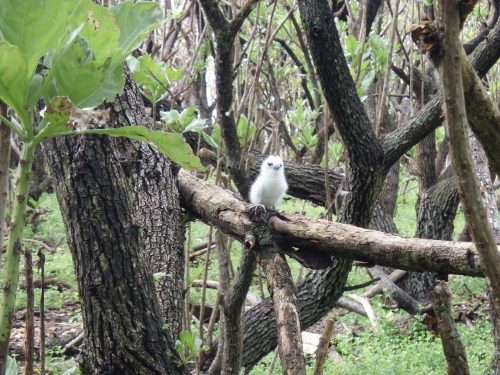
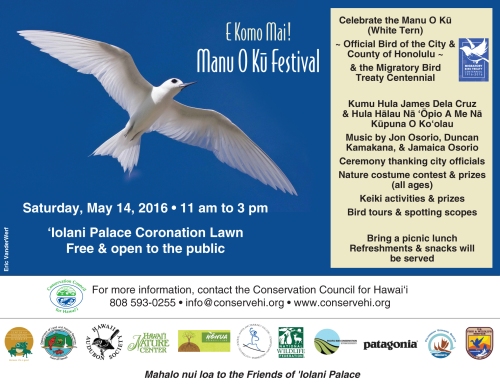



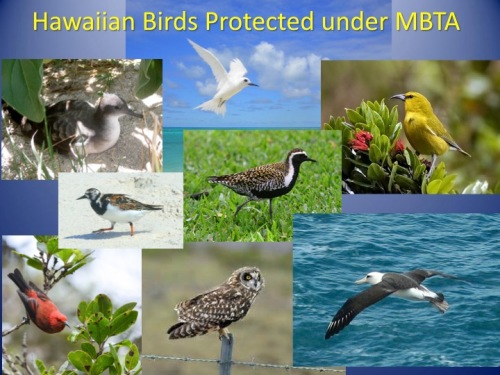





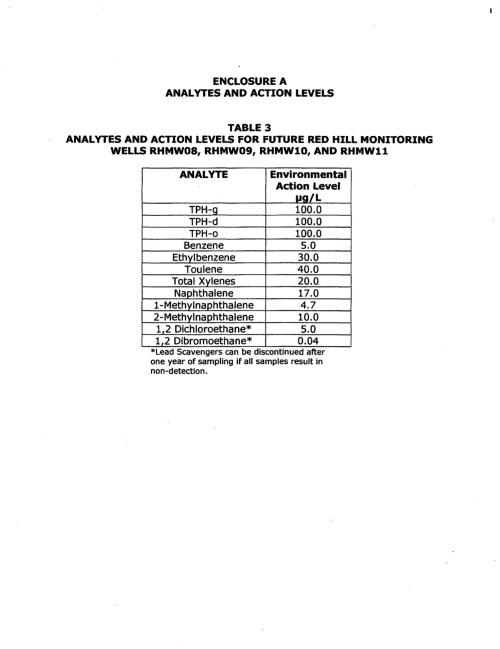

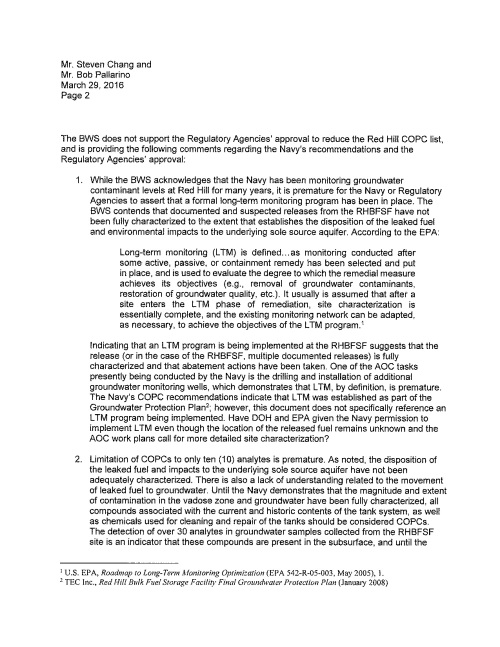









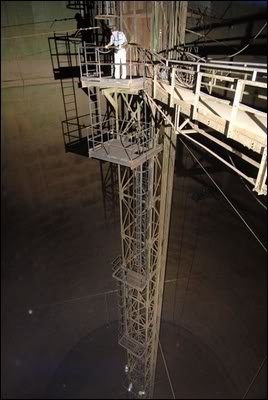





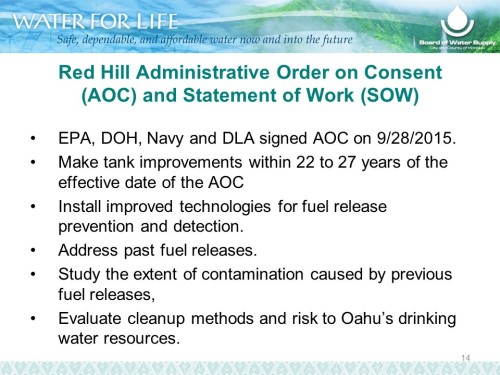
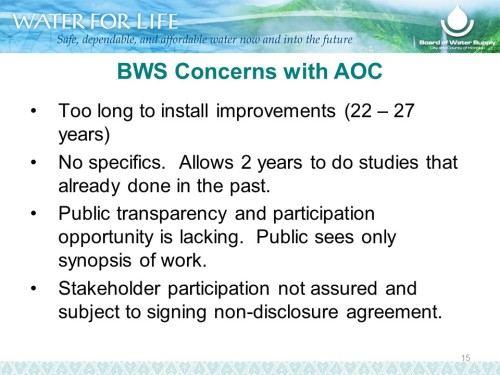


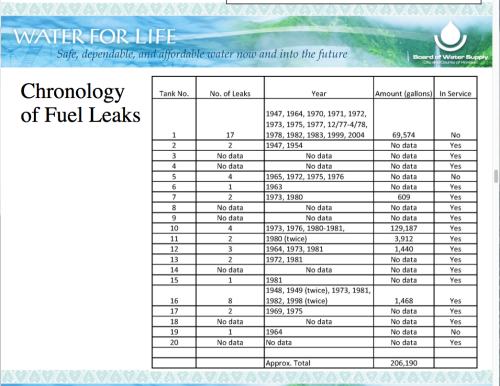
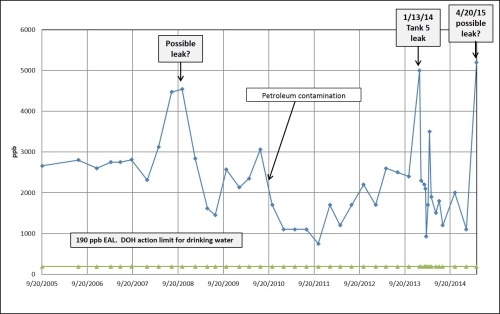


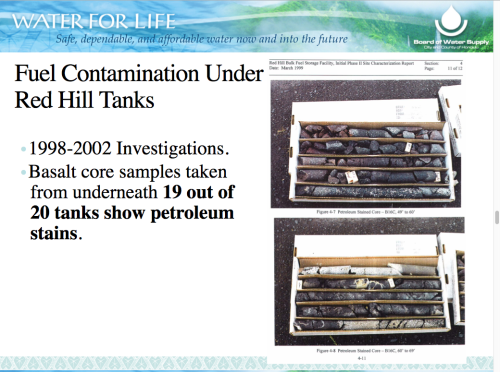
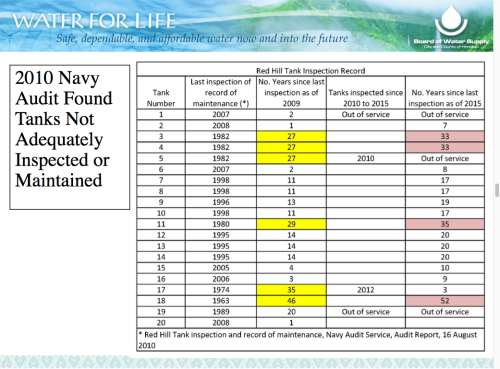
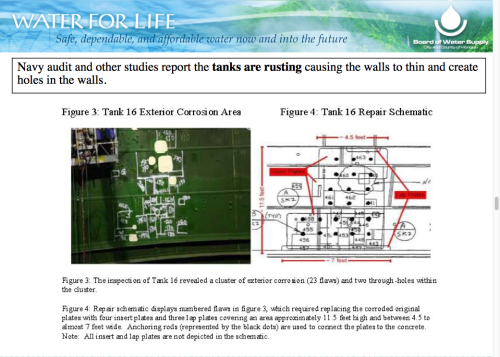

 Last Friday I spent an hour and a half with three senior members of the Honolulu Board of Water supply, Ernest Y.W. Lau, P.E.;
Last Friday I spent an hour and a half with three senior members of the Honolulu Board of Water supply, Ernest Y.W. Lau, P.E.;
You must be logged in to post a comment.